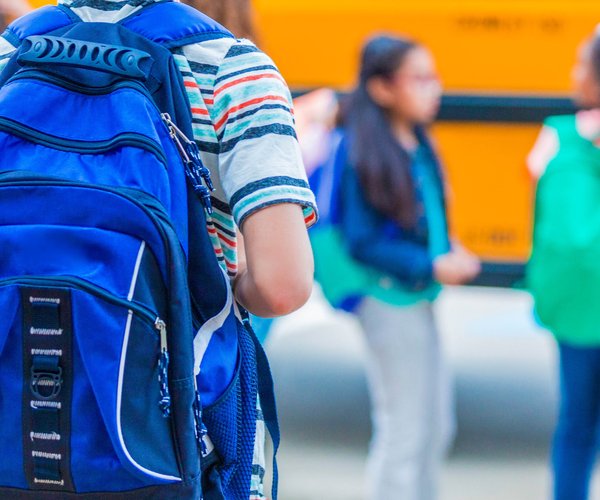The Georgia Department of Natural Resources is currently accepting written comment on proposed changes to commercial shad fishing regulations. The proposed changes, if adopted by the DNR Board, will prohibit commercial shad fishing in the Ogeechee, Oconee, Ocmulgee, Satilla and St. Marys rivers.
Also proposed are changes that limit commercial shad fishing in the Altamaha River to the area below U.S. Highway 1 and in the Savannah River to the area below Highway 301. Regulations for recreational shad fishing will not be changed.
The American shad is an anadromous fish species that spends the first few months of life in freshwater rivers but moves to saltwater as it matures.
After 3 to 5 years in the ocean, moving up and down the Atlantic Coast, adults move into freshwater rivers in the late winter and early spring in a phenomenon known as a spawning run. Research has shown that many American shad return to the river where they were hatched.
These annual spawning runs create commercial and recreational fishing opportunities while the fish are confined within rivers and estuaries.
Historically, all of Georgia’s Atlantic-slope rivers had shad spawning runs. Nowadays, only the Savannah and Altamaha rivers have significant shad spawning runs.
“Shad runs in the St. Marys and Satilla have all but disappeared and the run in the Ogeechee River has diminished significantly in recent years,” explained Don Harrison, Georgia DNR shad project manager. “Nowadays the Altamaha and Savannah account for most of the commercial harvest which, in 2009, was slightly over 42,000 pounds valued at $37,000.”
Because American shad move across state boundaries and into federal waters during their migrations along the Atlantic Coast, they are managed through the Atlantic State Marine Fisheries Commission’s Interstate Fishery Management Plan for Shad and River Herring. Recently, this plan was updated in response to new information showing the Atlantic Coast American shad population to be at the lowest level since the 1950s. Under the updated plan, any state that wishes to continue shad fishing in their waters must take action to ensure their shad fisheries are sustainable for the future. Part of ensuring sustainability is a commitment to monitor the annual spawning runs and fishermen catches. This monitoring would be the responsibility of Georgia DNR in cooperation with shad fishermen.
The other reason that DNR is considering changes at this time is the fact that a recent study conducted by the University of Georgia has documented that shortnose sturgeon, a fish species protected under the federal Endangered Species Act, are caught accidentally in the nets used by commercial shad fishermen. Although few of the accidentally caught sturgeon actually die and most are returned to the water alive, the National Marine Fisheries Service (NMFS), a branch of NOAA, is requiring the State of Georgia to take steps to reduce the accidental catch of shortnose sturgeon in the shad fishery.
“Because the Savannah and Altamaha Rivers host the largest annual shad spawning runs and the most important commercial fisheries, we have made them a priority. Based on available information, such as harvest records, the proposed actions will have the least impact on commercial fishermen while putting Georgia in a position to gain the support of NMFS for continuing a traditional commercial fishery for shad during the spawning run,” explained Spud Woodward, director of the Georgia DNR Coastal Resources Division.








